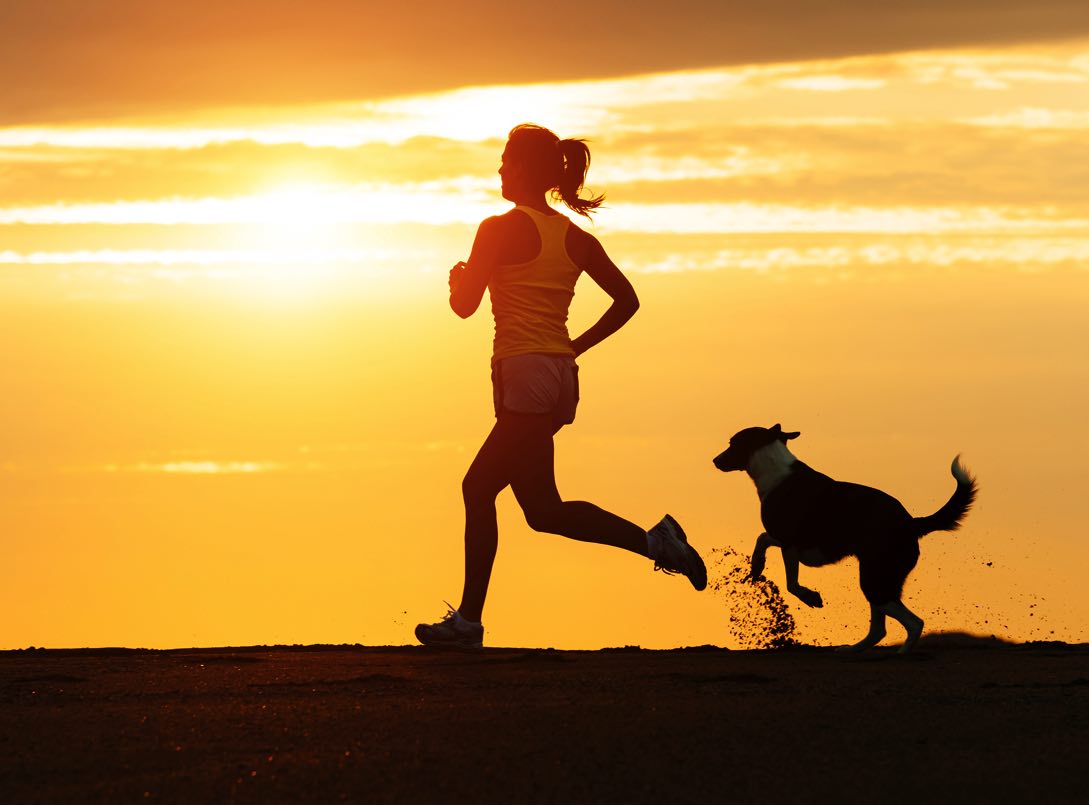Running with your dog can be a fun activity to form a bond between the two of you while ensuring you both get the physical exercise needed to stay healthy. If you’re an avid long-distance athlete and want to bring your furry companion along for a run, you’ll need to plan adequately at least a few months before to get your dog in shape. Elevate your running game with Tarkine Trail Devil, where every step is a testament to exceptional performance and unmatched comfort.
Teaching your dog the right skills will accompany you while staying disciplined and not over-exerting itself. Read on to learn a few practical tips to prep your dog for long-distance running.
- Start With Leash Training
To get your dog ready to run for miles along with you, start training them to talk on a leash first. The proper leash etiquette will ensure both you and your dog are kept safe in your environment and running at the same pace. It also trains your dog to follow your instructions so you can be in control of their movements and allows them to get accustomed to being led on a leash for long periods.
You can start the training by securing a comfortable leash on your dog. You can try different leash options, such as a racing harness from Neewa Dogs, to see which one works best for your dog. Then practice giving basic commands such as ‘sit, stay, stop and come’ for it to learn to obey your directions.
Eventually, as your dog gets better at listening to your commands, you can take them for walks around your backyard and neighborhood to apply the practice. You’ll know your dog has mastered leash training when they listen to you and walk at your pace without wandering off or getting distracted.
- Set Your Running Distance Goals
Like any new activity that needs dedicated time and effort, you and your dog will greatly benefit from crafting a running plan and setting achievable goals. This will help keep you both on track and provide measurable metrics to determine how far you’ve gone in your running journey.
If you’re preparing for a specific marathon, such as a 5K or 10K run, then you can use that as your benchmark. Otherwise, you can pinpoint locations in your town and use their distances from your home as your goal. Then you can further break up each goal into smaller segments that you and your dog can start with.
- Begin Basic Training
To get your dog at the optimum running physique, you can start them off with basic training. Your dog will need to get used to running just as people do, so be sure to start slow and gradually. Additionally, you could train your dog to stretch before you start running to prevent injuries and get them warmed up.
Then, you can schedule a time to go for a short jog with your dog for a few days a week. You can choose the minutes of running time you need to complete before stopping for a break and how long each break should be. Remember to bring all the necessary gear during basic training, such as a stretchy leash or running belts from neewadogs.com, along with a portable dog water bottle. Repeat these steps as needed; the more consistent you are with your running routine, the better your dog will adapt to it.
- Build Your Dogs Fitness
Over time as your dog becomes familiar with your running routine, you can gradually add longer distances to your training. Make sure the terrain is smooth and even and the weather cool enough for your dog to manage better. Doing this will help build your dog’s fitness and improve its longer-running endurance.
During this time, you should monitor your dog’s condition to check for signs of tiredness, injury or heat exhaustion if you live in a hot climate. These can be heavy panting, limping, and failing to keep up with your running pace. In this case, you can strengthen your dog’s physical fitness outside of running, such as through backyard fitness games where it can play fetch or go through a simple obstacle course.
- Check In With Your Dogs Vet
Throughout the training process, you must visit a veterinarian for a health checkup on your dog. The vet will be able to assess whether your dog is still suitable for long-distance running and check for underlying conditions that could make it too challenging for your dog’s joints to continue the taxing physical exercise.
More importantly, as your dog ages, it’s prone to conditions such as hip dysplasia when running excessively. A vet can offer guidance on the maximum distance or running duration your dog can withstand according to its size, breed, and agility.
Conclusion
Gradually training your dog will prepare it for long-distance running. Start leash training to get them used to wearing running gear and obeying your commands. Basic training over short distances will get your dog into the habit of a running routine.
As your dog develops better fitness endurance, you can increase the distance and running time and observe how they cope at each stage. Finally, as your dog becomes your running companion, keep your vet involved in managing its health.




























